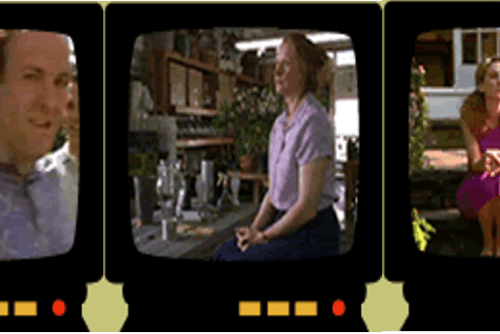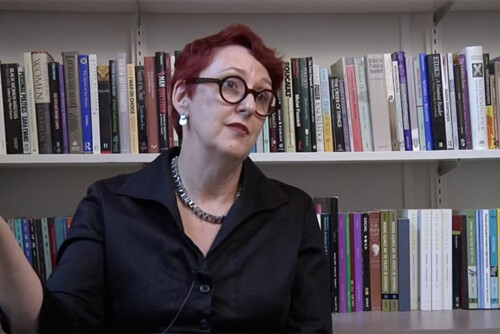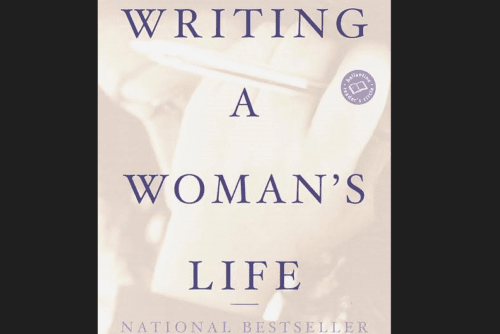As Susan Squier notes at the outset of her erudite and still very prescient 1994 account of 20th century visions of reproductive technology, entitled Babies in Bottles, reproductive technology has long been a prominent but “puzzling” theme for feminists.1 It is puzzling, Squier notes, in part because of the “disjunction” or “gap” between feminist artists and writers, who have often produced “emancipatory interpretations” of reproductive technology, as opposed to theorists and activists, who largely have not:
I have long been interested in the contemporary cultural prominence of images of reproductive technology, particularly in the works of women writers and feminist theorists. I have wondered what work of ideological construction was being carried out through the production and dissemination of those images. I have been fascinated by the rich and diverse literary representations of this new medical-scientific field, most notably in the works of Joanna Russ, Marge Piercy, Margaret Atwood, Octavia Butler, Elizabeth Jolley, Angela Carter and Faye Weldon. But I also noticed the puzzling disjunction between the emancipatory interpretations of reproductive technology in many, though not all, of those novels and in some of the literary critical writings on them, and the negative responses of feminist theorists and activists to the actual implementation of these technologies in Europe and North America.2
At the time she was writing, in the early 1990s, Squier was in the midst of the remarkable outpouring of feminist work on NRT described at the outset of this paper. Bookending this prolific period of feminist scholarship on new reproductive technologies were two works published in the same year, 1985, that Squier selected to represent the “emancipatory” and “negative” conventions of feminist representation. In The Mother Machine: Reproductive Technologies from Artificial Insemination to Artificial Wombs, health journalist Gena Corea offered the first book-length feminist critique of new reproductive technologies, arguing they exploited women and represented a male need to control reproduction. Drawing on extensive historical and investigative research on the history of artificial insemination, embryo transfer, IVF, surrogacy, cloning, sex selection, and ectogenesis, and the theoretical work of radical feminists such as Mary Daly, Andrea Dworkin, and Mary O’Brien, Corea was unequivocal in her denunciation of so-called ‘ART’ and her feminist call to arms.
Despite the unwillingness of male supremacist society to hear us, we must speak …. It will not be easy for us to speak at first. The issues surrounding the new reproductive technologies are confusing. Sometimes our heads spin. The benevolent rationales for the technologies and images of kindly, smiling pharmacrats swirl around in our brains along with our sense that when we are called ‘living incubators’ and ‘oöcyte donors’ all is not well. We are supposed to be confused. The confusion keeps us speechless and powerless. It is as a Native American friend once told me: Confusion is a tool of oppression. While we are struggling out of our confusion into speech we must stubbornly stay with our sense of uneasiness and think it through. We can not allow ourselves to be bullied into acquiescence with a ‘tolerant’ view of technologies simply because we are not yet able to fully articulate why the benevolent rationales for these technologies clash with our sense of our own dignity and worth. We can stand here stubbornly and say: ‘Something is wrong here’ and explain that ‘something’ to the best of our ability. Each time we do it we will get better at it. When many women break the silence, when many women finally speak their truth, and speak it again and again and again, the world will have to change.3
Such a call to arms, familiar in its appeal to the hidden and forbidden truth of women’s experience of patriarchal oppression, and to the potential for political change through consciousness raising and collective ‘speak outs,’ could hardly have been further from the vision presented by Donna Haraway in “A Manifesto for Cyborgs: Science, Technology and Socialist Feminism in the Late Twentieth Century,” published in the same year as The Mother Machine.4 Rejecting the universal, transhistorical, and essentialist constitution of ‘women’s experience’ as eit her singular or even ‘real,’ Haraway advocated the affinity model used by women of color to ground a vision of an ironic, unnatural politics inspired by a love of both biology and technology. Like Marge Piercy, Joanna Russ, and Ursula Leguin, whose transgressive science fiction inspired her to imagine fruitful couplings with animals, machines, and even plutonium, Haraway saw in ‘technoscience’ the possibility of ironic offspring who were neither pure nor whole.
- Susan Squier, Babies in Bottles: Twentieth Century Visions of Reproductive Technology (New Brunswick, NJ: Rutgers University Press, 1994). [↩]
- Squier. [↩]
- Gena Corea, 323. [↩]
- Donna Haraway, “A Manifesto for Cyborgs: Science, Technology, and Socialist-Feminism in the Late Twentieth Century,” Socialist Review 80 (1985): 65-108. Interestingly, in an earlier version of her manifesto, submitted to Socialist Review in 1984 for their “Orwell Issue,” Haraway discusses new reproductive and genetic technologies at length, arguing that IVF “is part of the infra-structure of any future genetic engineering, so it is worth looking at some of the political questions developing here to see if feminist practices might establish a foothold.” See Haraway (PDF) 1984, 6. [↩]




